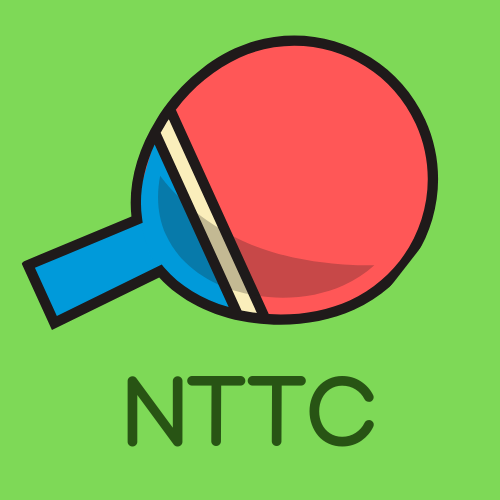Forehand and Backhand Strokes
The Basics of Forehand and Backhand Strokes.
There are four basic strokes in table tennis, forehand and backhand strokes, forehand push, and backhand push. For this blog post, I will talk about the forehand and backhand strokes.
When I coach my students, I start coaching them the backhand stroke first, because it’s a little easier than forehand stroke. A backhand stroke has a shorter swing and uses a forearm to hit the ball, whereas a forehand stroke uses the whole arm swing with a little twist of the upper body.
Usually, most of the players don’t work that hard to improve their backhand stroke, that’s why I tell my students to make sure to spend the same amount of time to learn both backhand and forehand strokes.
There are three basic steps to execute the backhand stroke or drive. The stance (or ready position), the swing (or follow through), last step is to come back to your ready position.
Let’s talk about each of the three steps to make a successful backhand stroke.
Stance or ready position
Holding a racket is a shake hand grip, the tip of the racket should be pointing towards your opponent
For the backhand stroke, stand on the left side of the table, one foot away from the table, your feet should be wider than your shoulder.
Bend down your knees, lean forward your upper body (Torso).
Follow through or Swing
Hold the racket open or straight near your tummy, now move your forearm forward (wrist and elbow must be stable) when the ball is approaching towards you.
Hit the ball at the top of the bounce.
Make sure to hit the ball and do not rub or brush the ball.
Once you finish your follow-through, the tip of the racket should be pointing towards your opponent.
Adjust the angle of the racket a little upward above the net, if the ball hits the net or the ball lands outside the table.
Back to the ready position
Relax and bring your forearm back
The racket should be open or neutral, a tip of the racket pointing towards your opponent.
Forehand stroke is a very important stroke of this sport. Most of the players use a forehand stroke to hit the ball during a game or a match around 80% of the time. To attack against a player, the forehand stroke is more powerful than the backhand stroke.
Just like the backhand stroke, the forehand stroke also has three basic steps to execute the stroke, the ready position, the follow-through, and the recovery.
Ready position
Stay on the right side of the table, stand about a foot away from the table. Your feet should be wider than your shoulder.
Move your right foot 6 to 8-inch backward position.
Bend down your knees a little, lean the upper part (Torso) of your body forward.
Close the racket slightly.
Position your elbow 6 inches away from your body
Swing
Move your arm a little backward and hit the ball upward and finish above your eyebrows or forehead.
Keep your arm at a 90-degree angle.
Hit the ball at the top of the bounce.
Make sure to hit the ball and do not rub or brush the ball.
Swing your arm and upper body while hitting the ball
Back to the ready position
Relax and bring your forearm back.
The racket should be a little close and make sure your elbow 6 inches away from your body
and arm position at a 90-degree angle.
The fundamentals of table tennis I have outlined above will improve your game. I’ve seen 1500-1600 rated players playing these strokes incorrectly. If you are playing the basic forehand or backhand stroke wrong, you will never be able to move your game to the next level. On the other hand, if you execute the strokes properly like I have shown you here, then it will be easier for you to learn more advanced strokes. (like topspins and looping).
-Coach Aabid
Want my next blog post? Subscribe to my mailing list.
Like this blog post? Share it to your friends!
